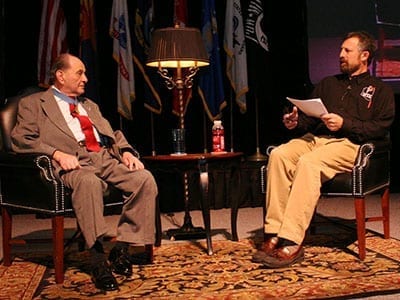

Holocaust Remembrance
The Holocaust is the name applied to the systematic state-sponsored persecution and genocide of the Jews of Europe along with other racial or demographic groups from 1933 – 1945 by Nazi Germany and its collaborators. Estimates vary, but most historians believe that the Nazi government systematically annihilated eleven million people. Of this total, 6 million were Jews.
In April of 1978, President Jimmy Carter announced the formation of the President’s Commission on the Holocaust, naming Elie Wiesel its chairman. On September 27, 1979 the Commission released its “Report to the President”, a thirty-two-page document that the formed the basis for future congressional legislation. The Commission’s recommendations to create a “living memorial” and establish a national recognition of Days of Remembrance were adopted by a unanimous Act of Congress in 1980.
Days of Remembrance events are observed throughout the United States, with many communities believing the event ‘stresses’ the importance of tolerance and understanding among people. There are no ‘guidelines’ for such commemorations. In general, the event has been observed with prayers, candle lighting, speakers, poems, and singing. However they are organized and conducted, these Days of Remembrance events serve to honor those who perished during the Nazi reign of terror.
Book Burning Exhibit 2008
In May and June of 2008, the Foundation along with other community organizations sponsored the United States Holocaust Memorial Museum’s traveling exhibit: “Fighting the Fires of Hate: America and the Nazi Book Burnings”. This award-winning exhibit commemorates and studies the contemporary meaning of the Nazi book burnings of May 10, 1933. The exhibit was on display at the Art Gallery at the Yavapai College Performance Hall on the campus of Yavapai College. More than 3,000 people from twenty different states and nine different countries visited the exhibit.













